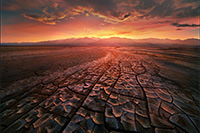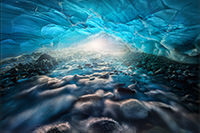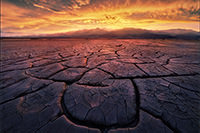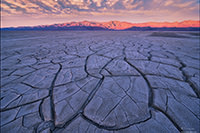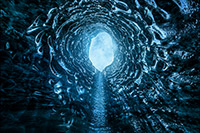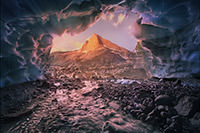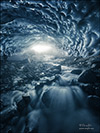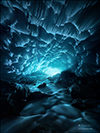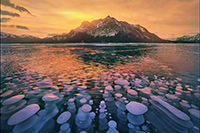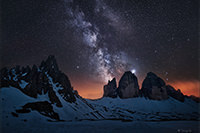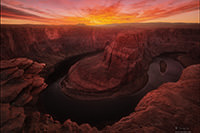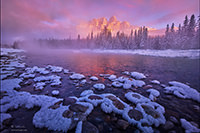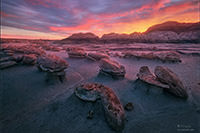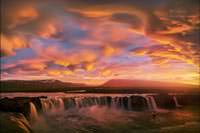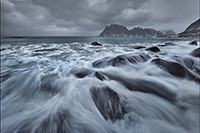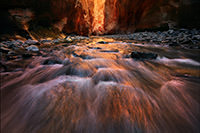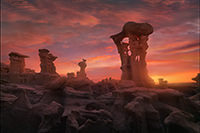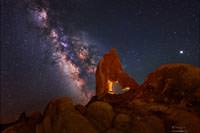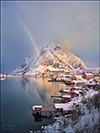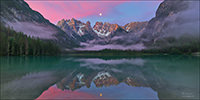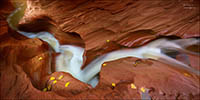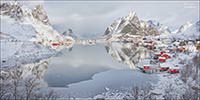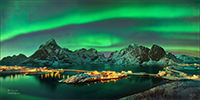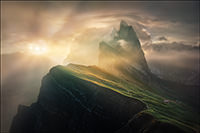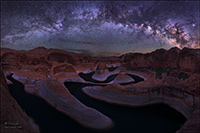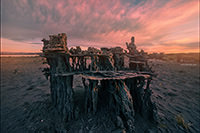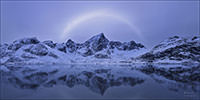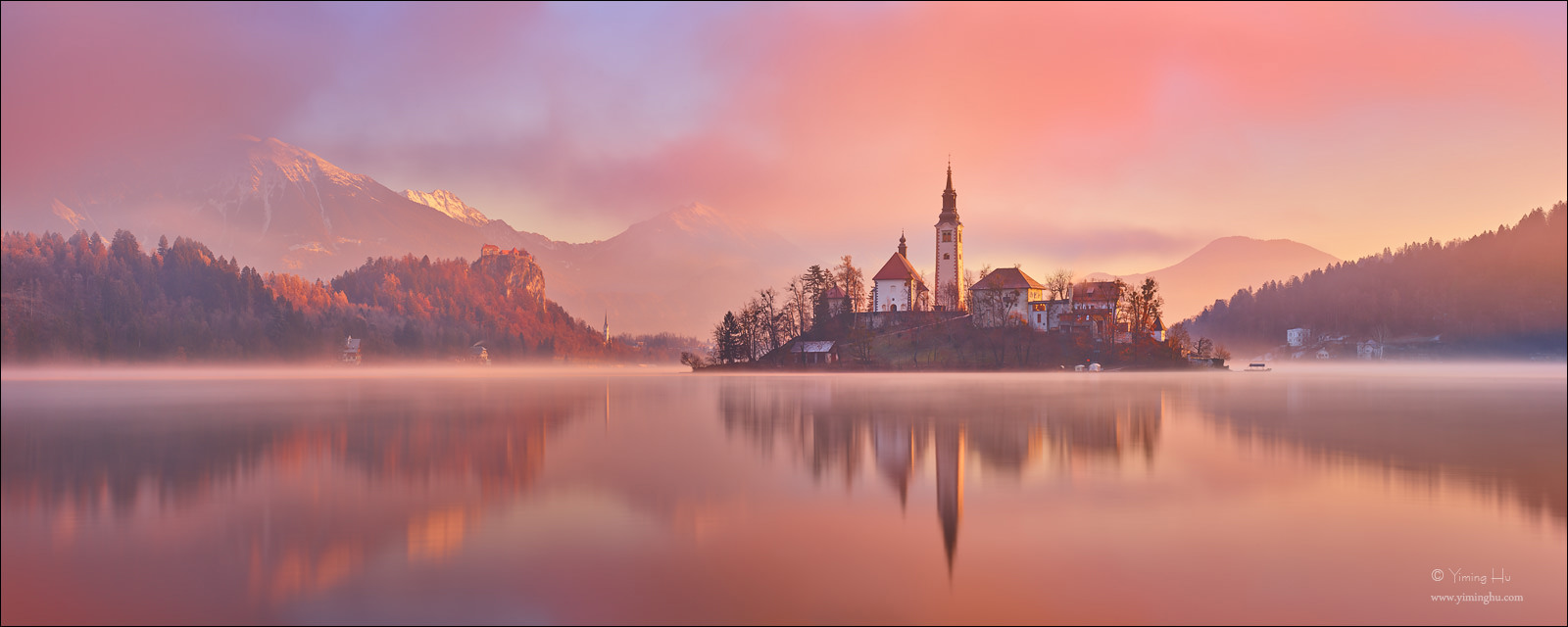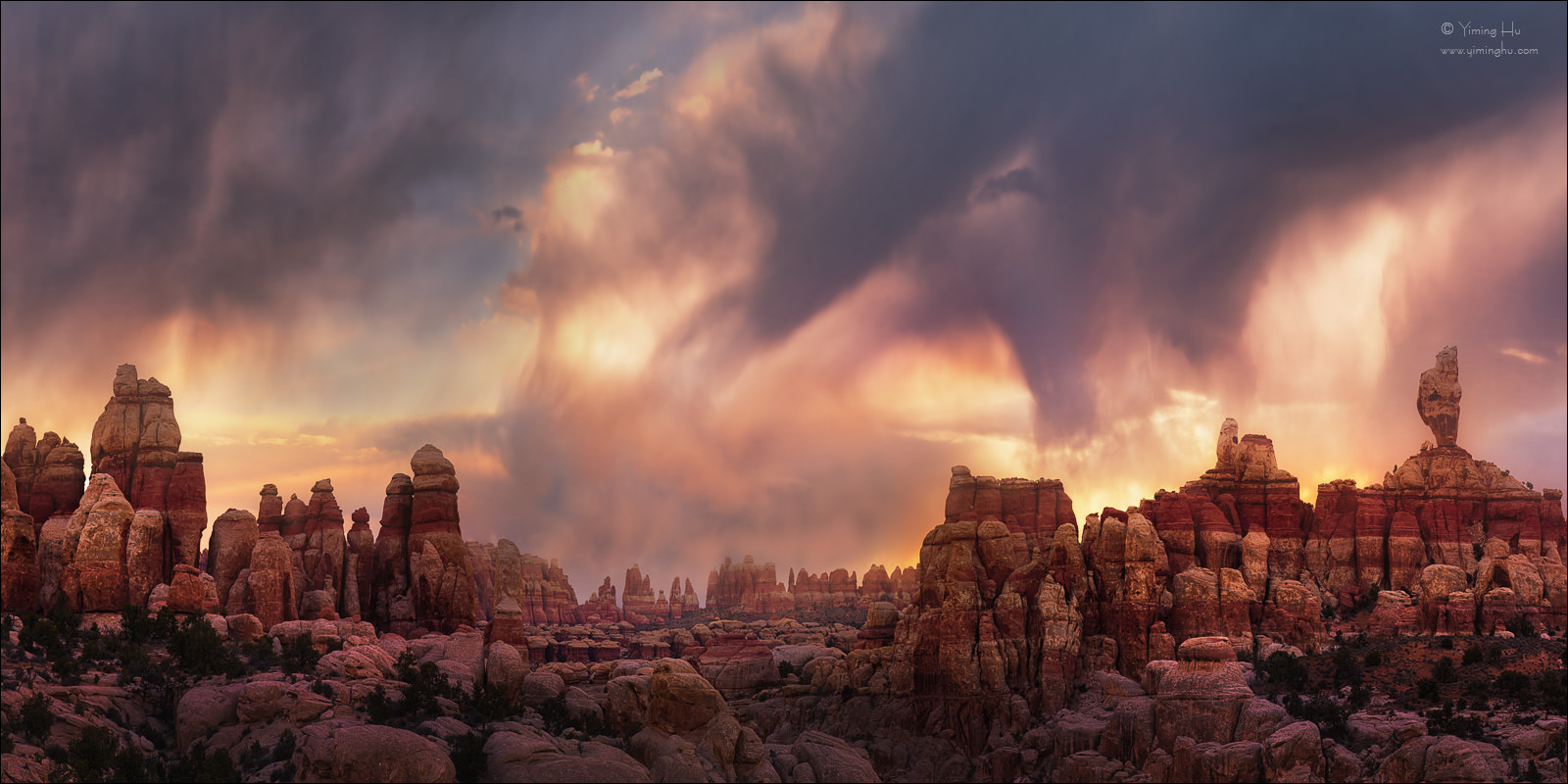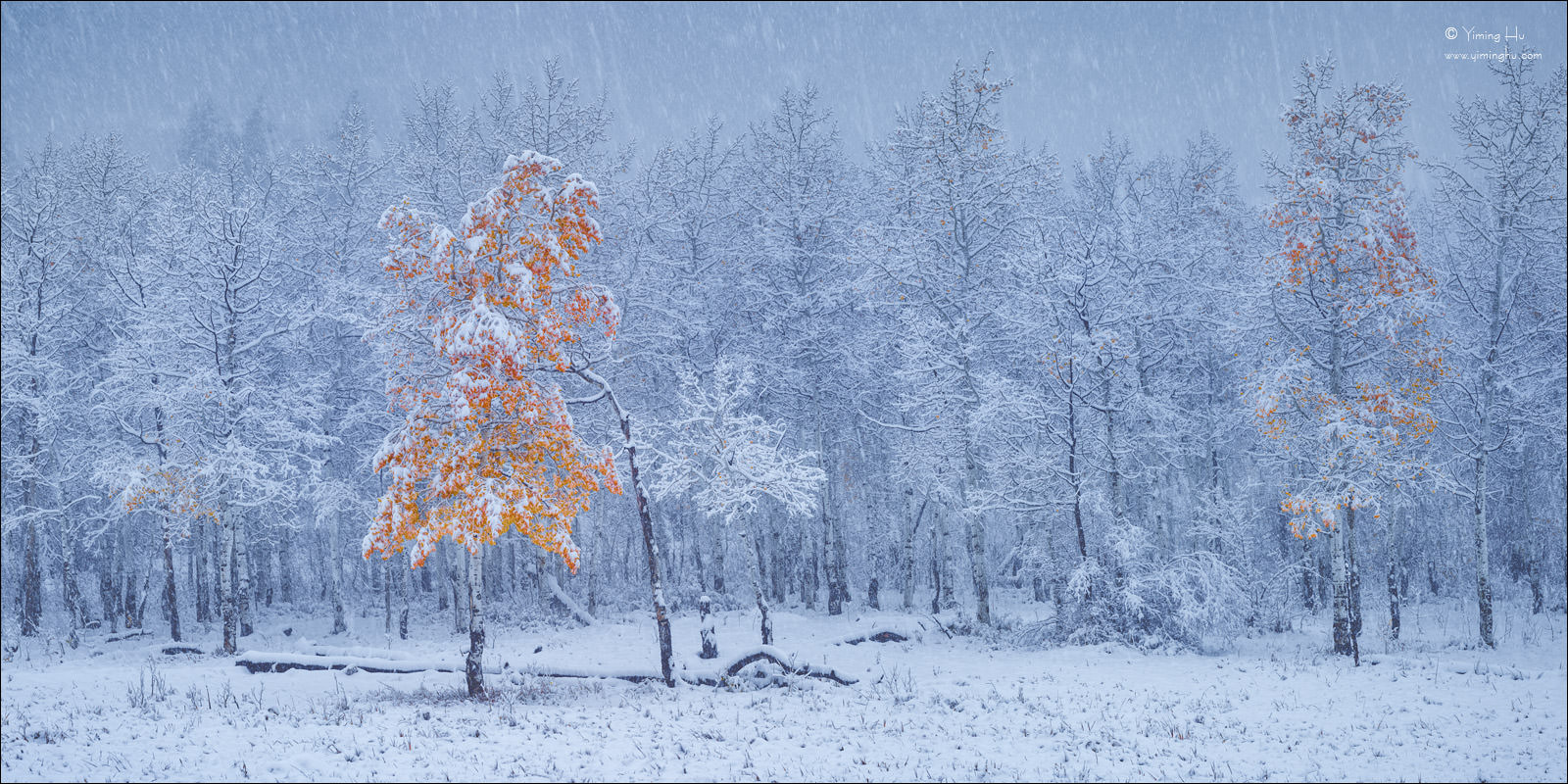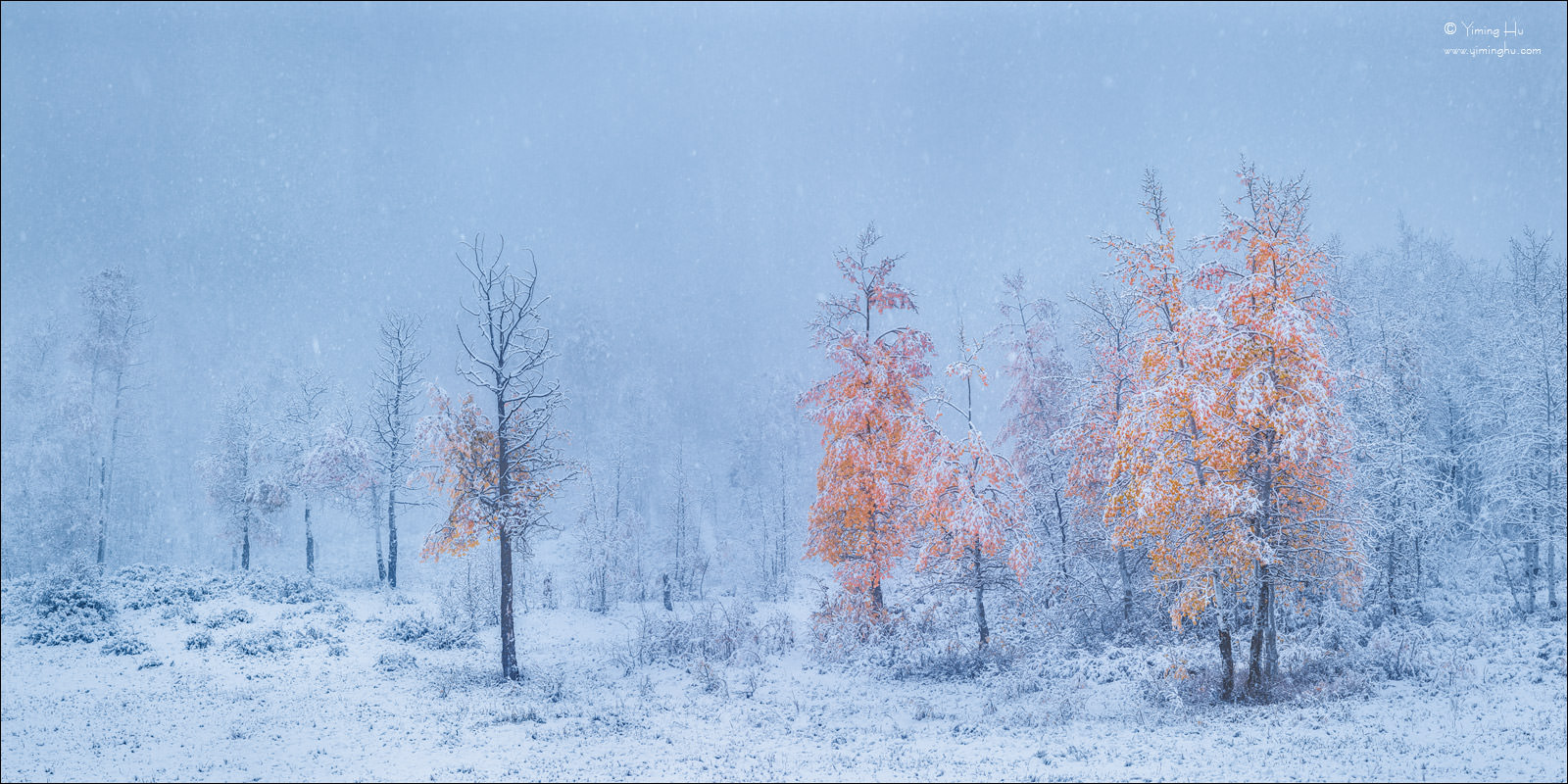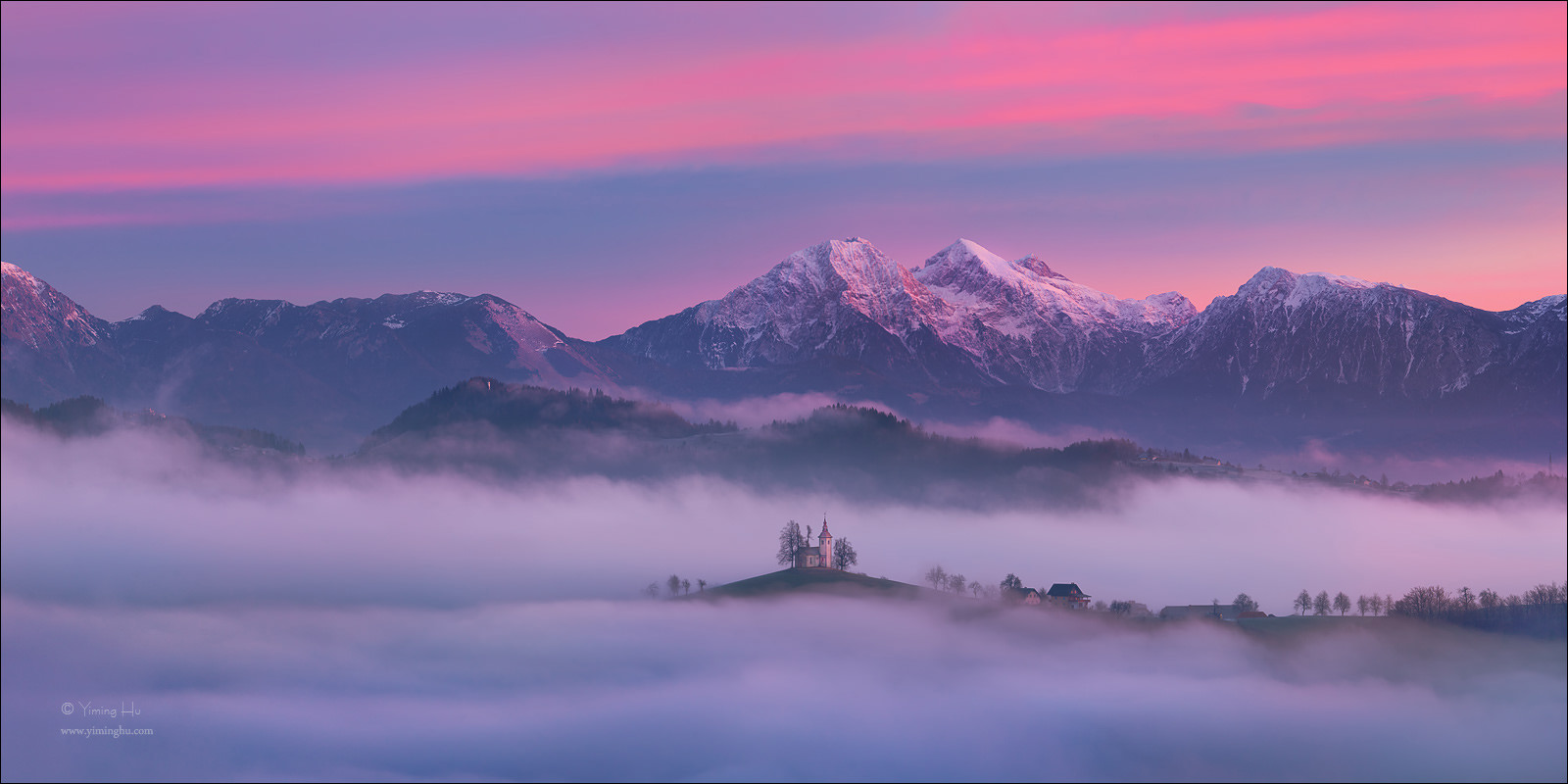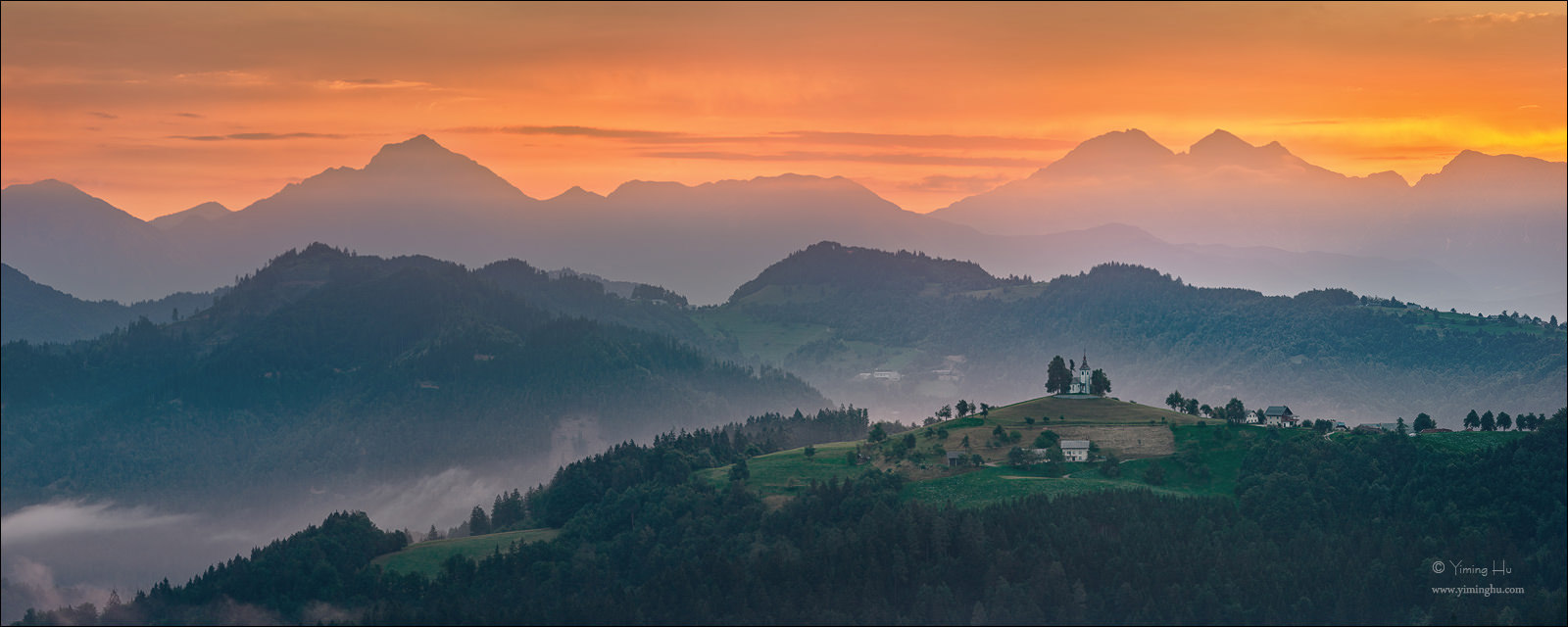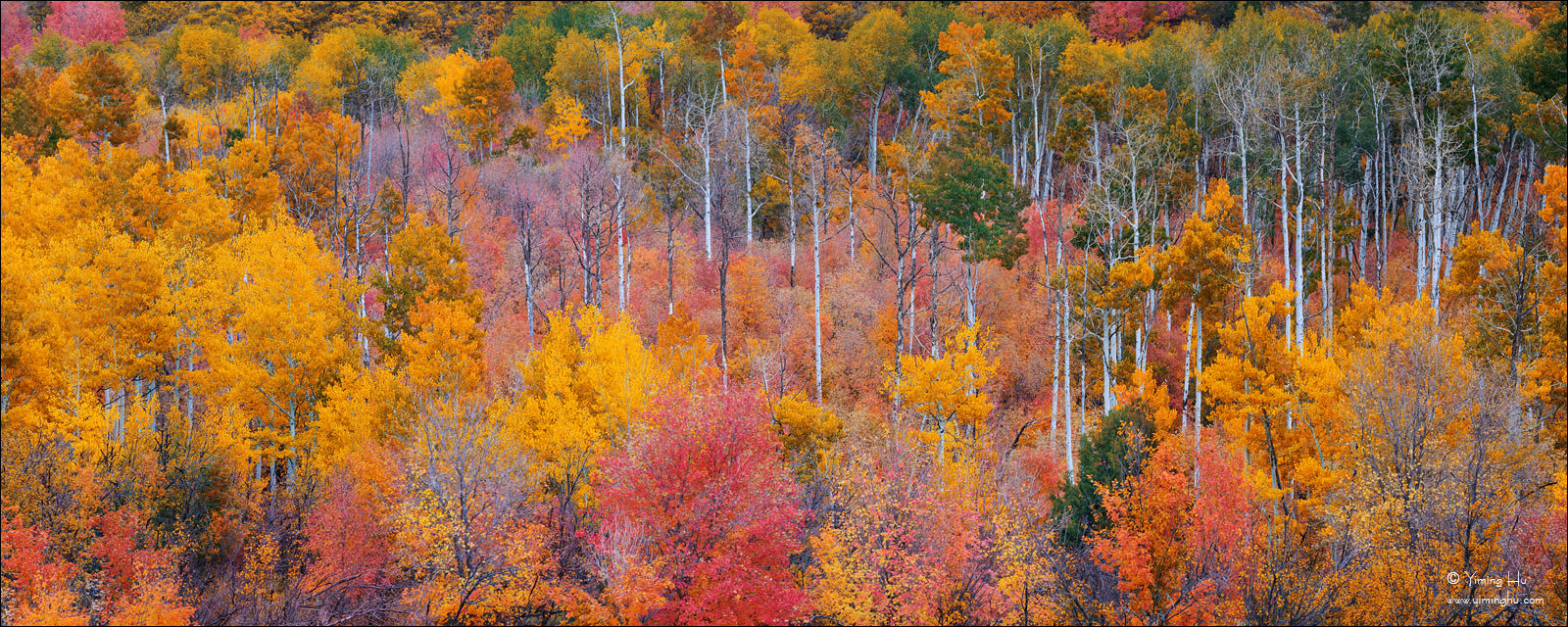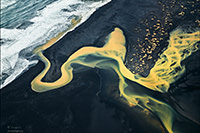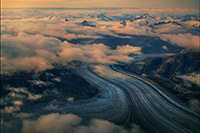

The Best Lenses for MF Technical Cameras
There is no argument that Rhodenstock makes the best lenses for medium format technical cameras. The resolution power is in a league of its own. However, that are so many great Rhodenstock lenses and I do not own all of them. In addition, lenses from other manufacturers can be great complementary to the Rhody collection. After careful research I picked the following six lenses that I put in my backpack on almost every single trip (the exception is 40-80mm, which is too big and heavy, and I only bring it if I plan to do aerial photography). I believe they are the best for landscape photography. My type of work requires me to shoot from ultra-wide to long lenses. You can adjust according to your own style or budget. For example, if ultra-wide angle is not your thing, then skip the TSE-17 and/or HR 23,, and replace with something such as HR 70 or HR 138.
Most modern "digital" medium format lenses designed for tech cameras are of extremely high quality. They are typically much better than their 35mm counterparts or the MF DSLR lenses, especially in the edges and corner areas. Designers of lenses for 35mm or MF DSLR are constrained by many factors such as cost. Medium format tech camera users simply want the best that money can buy. It is not uncommon for modern digital MF lenses to be 5-10 times more expensive than 35mm lenses. However, you get what you pay for. The extremely high image quality of MF tech cameras come from both large sensors and top-notch glass.
I provided sample images made by each lens. Click the thumbnails to see large images, and click the back button of your browser to go back to this page.

CANON TS-E 17MM F/4L TILT-SHIFT LENS
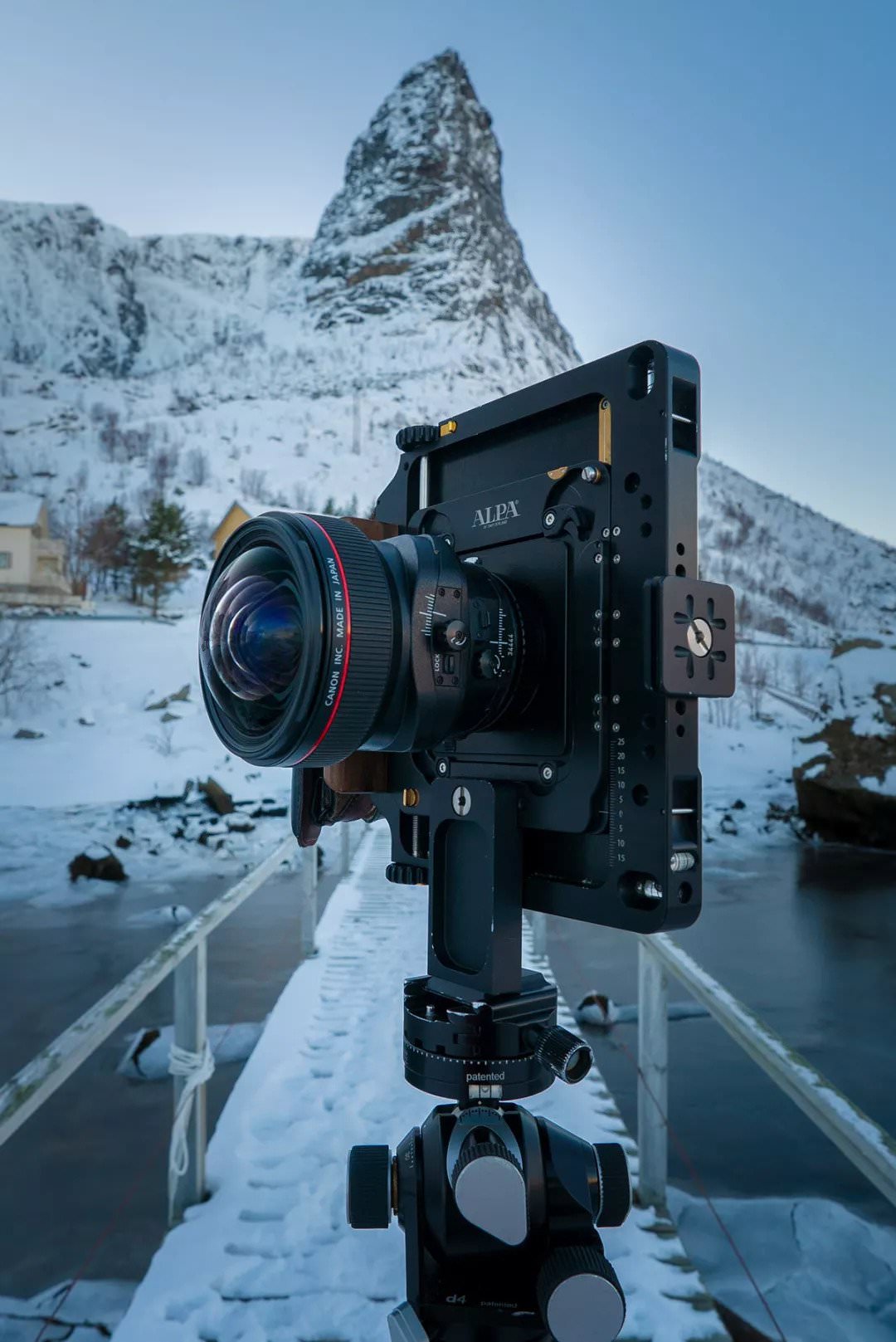
No, this is not listed here by mistake. Sure, it’s not a Rodenstock or Schneider, it’s a Canon designed for 35mm sensors. However, this tilt-shift lens offers an image circle that is big enough to cover much of the full-frame 645 sensor! Digital Transitions provides an excellent tool to visualize image circles and focal lengths of various lenses. Check it out.
The lens offers an unprecedented 10.5mm focal length (35mm-equivalent) on a 54X40mm sensor. Wow! If you like ultra-wide-angle views this is a godsend.
The Image quality is surprisingly good. Very sharp in the middle. Unlike the much more expensive Rodenstock wide-angle lenses, there is no horrible color cast or vignetting in corners. You will notice softness in the extreme corners, but that’s expected, and the image is completely usable, IMO. Moreover, there is simply no replacement anywhere on this planet for the punch of 10.5mm view on a MF camera, so hair splitting serves not good for us. In fact, I showed two 1.5X2m prints made with this lens in two high-end gallery exhibitions, and the results were more than satisfactory. No one complained. Also, if you are careful with your composition and place stuff such as running water/snow/ice/sky/clay on the corners (a very common composition in landscape), you won’t see any softness at all, because there isn't much detail to begin with.
If you do any shift or tilt, you will get a visible vignette. Nevertheless, I sometimes tilt it, and deal with the resulting vignette in the post.
You can use a simple and inexpensive adapter to mount this thing on a ALPA body. The adaptor is very small and contains no electronics whatsoever. I used an adapter, a gift from a friend, made by a small shop in Shanghai. I suggested such a product to friends in ALPA. On May 15, 2020, my ALPA dealer told me that ALPA have developed an adapter also and they asked me to provide a few sample images made by this lens.
Please note: Canon EF lenses do not have manual aperture control. To use this lens, you will have to first mount it on a Canon or Sony body; set the camera in manual, f/11 (or whatever aperture you plan to use), 30 seconds; and press the shutter. The camera will set the aperture of this lens to f/11 and start the exposure. Now, act quickly, you unmount the lens from the Canon/Sony, the aperture of the lens will now be stuck at f/11, and you can mount it on your ALPA. Not the easiest way to use, but it works. Sure, you can use solutions such as ALPA FPS, however it adds cost and weight.
If you are a PhaseOne XT user, then consider yourself somewhat lucky. There is an electronic lens adapter from which you can control the aperture. The problem is that it was based on an old Campo design. Once it is installed on the body, there is no way to get it off without using a spoon or other tool to pry it out. So funny. But it gets the job done. I was told that they redesigned the product. If the new design solves the problem then it will be a perfect solution.

RODENSTOCK / ALPA HR ALPAGON 5.6/23 MM
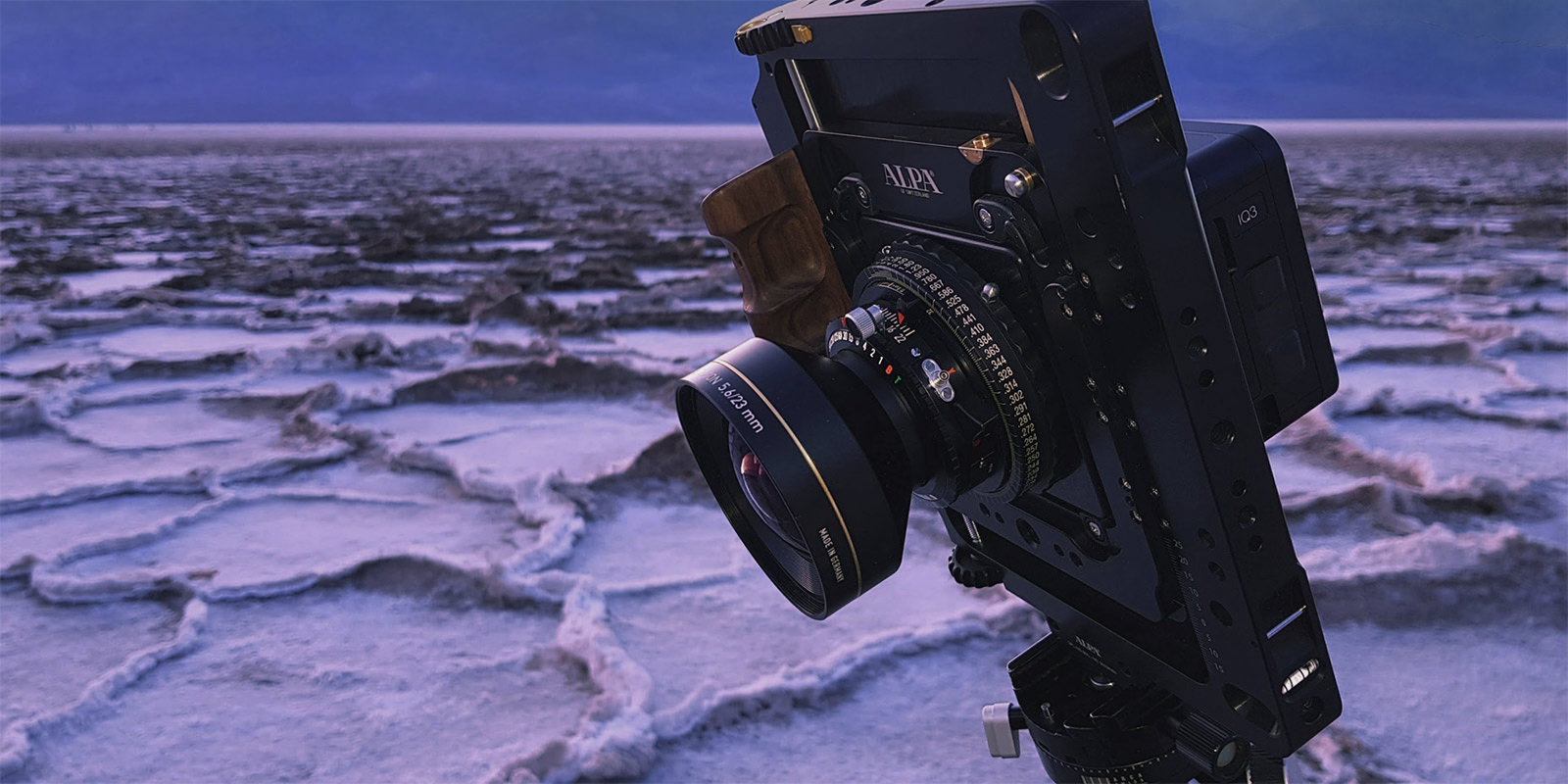
With an equivalent 35mm focal length of 14.8mm (on 54x40 sensor), this is the widest native medium-format lens, with an extremely wide field of view of 115 degrees. It is very sharp. This is the gold-standard of medium-format wide-angle lenses, a must have for any serious digital medium-format landscape photographer.
The lens has some limitations. The manufacturer recommends using it with a 44x33 sensor, although most people, myself included, are happily using it on a 54X40mm sensor. With an image circle of 70mm at f/11, there’s not a whole lot of room for perspective control movements. You can shift 2-3 millimeters before dark corners appear in images. The lens also suffers from extreme vignetting and color casts (red-shift). On an IQ 3100, the color casts are difficult to completely remove even with LCC. The situation is even worse on an IQ 3100T. Luckily, on an IQ 4150, the color casts are almost completely eliminated, thanks to the BSI sensor. The vignetting is easy to deal with in Capture One. See discussion in the digital back section.
Since the Rodenstock HR 23 lens is not a Short Barrel lens, we cannot put an adapter between the lens and the body. As a result, the tilt movement is not possible with HR 23 on ALPA (it is possible with some cameras from other manufacturers, such as Arca).
Finally, all Rodenstock HR lenses have super impressive resolutions. However, their complex optical designs make them flare horribly. If there is a bright area in your image, such as an opening of a sky above a deep canyon, it might flare. Watch out. You may have to shade the highlight area with your palm, a hat, or some type of flare hood/flag/shade.

RODENSTOCK / ALPA HR ALPAGON 4.0/32 MM, SB17
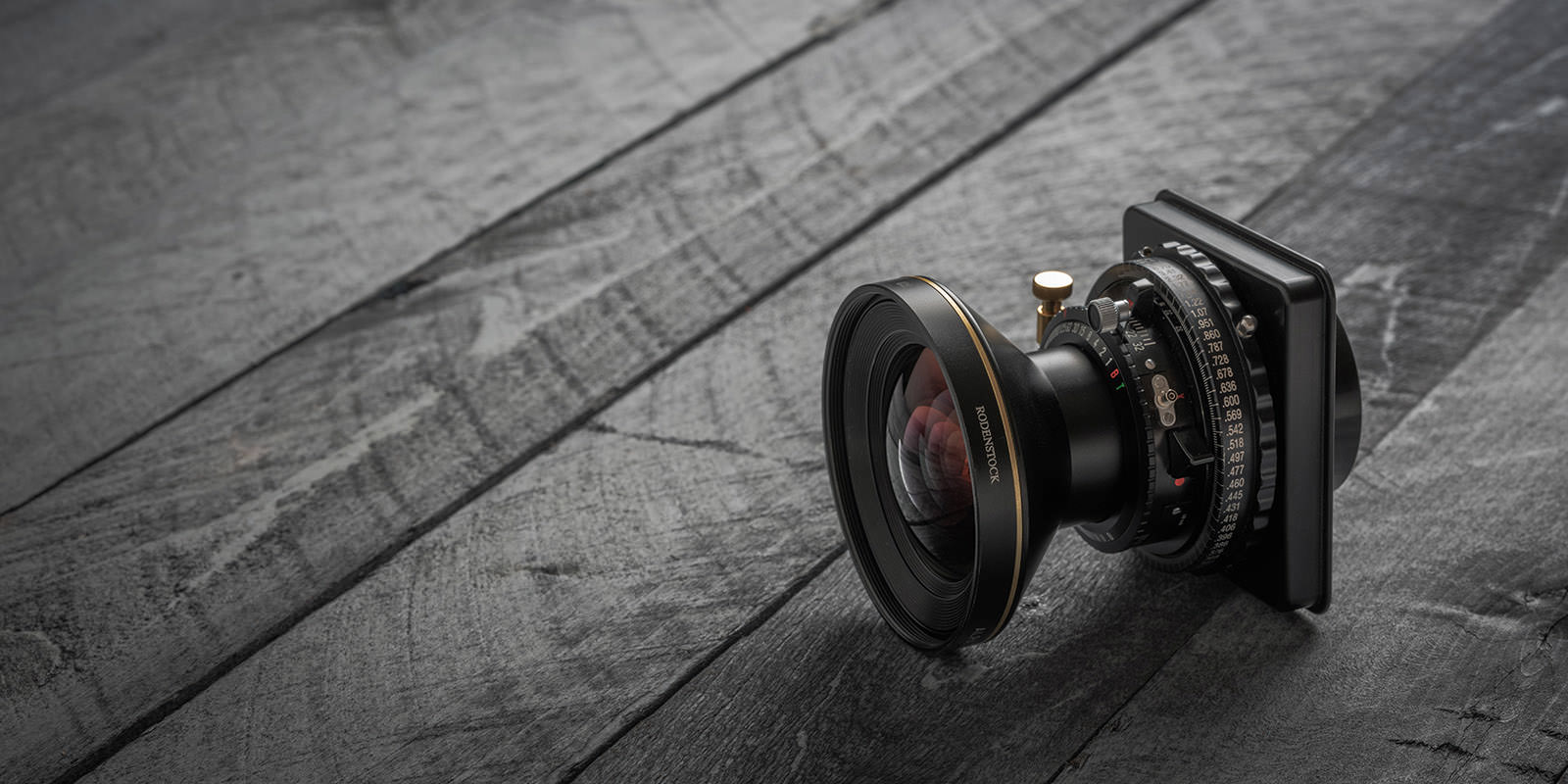
This is another fantastic wide-angle lens, presenting a 35mm equivalent focal length of 20.6mm. It has got a large image circle (90mm), allowing shift +/- 13mm horizontally (if the digital back is in landscape mode) without much resolution degradation near the corners. Of course, you can shift a little bit more, but the resolutions drop quickly near the edges. If the digital back is in the portrait mode, then you can safely shift +/- 15-16mm.
You can capture a much wider view by shifting and stitching, though. For example, on 12 STC, you can put the digital back in portrait mode, and shift +/- 18mm to take two vertical images. When you stitch the two vertical images together, you will get a horizontal image very close to the view of a 22mm lens! The edges are a tad bit soft if you’re pixel peeping, however the edges of HR 23 are not as stellar as the center either. Even when cropping out the slightly soft portion, you will get something very close to 24-25mm views. In other words, if you don't want to buy the expensive HR 23, there is an very easy way to reproduce the view of it, with significantly more pixels. And you can tilt and stitch at the same time. How wonderful is that?
The drawbacks? This lens is big, taking lots of space in the backpack. It requires 86mm filters. The thin "neck" makes is quite fragile, so please handle with care.
A word of warning: the front element of HR 32 bulges out in the center. Most screw-on filters will touch the center, leaving a mark on glass. It probably will not affect image quality, but it is an eye-sore on such a high-end lens. My solution (suggested to me by the late Fred Zhou, the highly esteemed and long-time ALPA representative for Mainland China, Hong Kong, Macao, and Taiwan), is to use a 95mm filter with a 86-95mm step-up ring. The step-up ring creates a tiny but safe gap between the filter and the front element.

RODENSTOCK / ALPA HR ALPAGON 4.0/50 MM, SB34
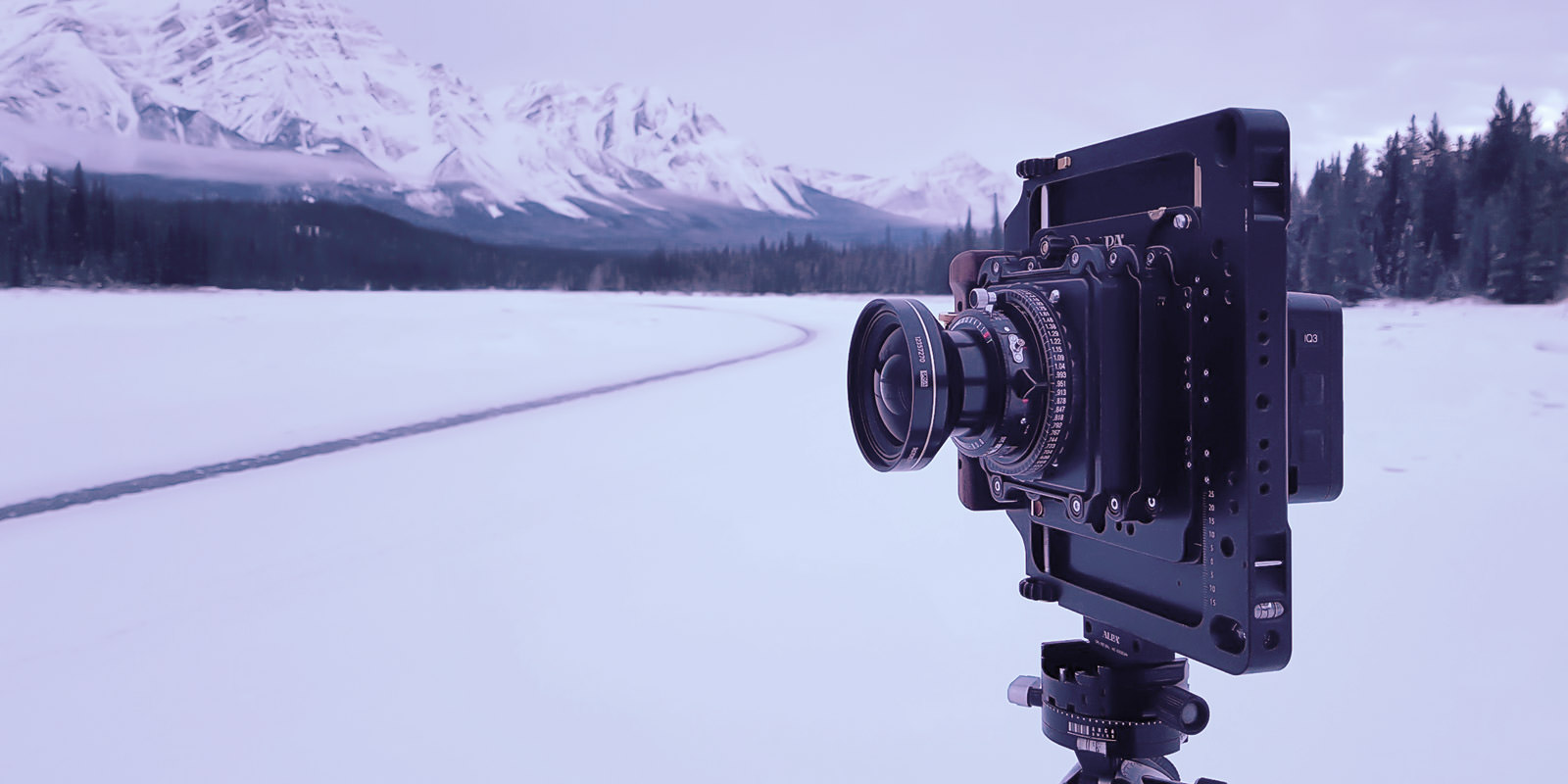
This lens provides a view like that of a 32mm lens on a 35mm camera. It has a large image circle. I find that I use it frequently in locations such as the Dolomites where using a super-wide-angle lens will often render the magnificent peaks too small to my taste.
The resolution is spectacular. I used this lens to make one of the biggest landscape prints (if not the biggest) in the world. Sure, it was a stitch, but you do need the best image quality of each individual frame if you are to make a print two-stories high (6 meter by 9 meter, or 20 by 30 feet), and allow your viewers to stand merely 3 feet away to check the image details. Check this page (to be available after 5/28/2020) for more information about this now famous installation.

RODENSTOCK / ALPA HR ALPAGON 5.6/90 MM, SB34
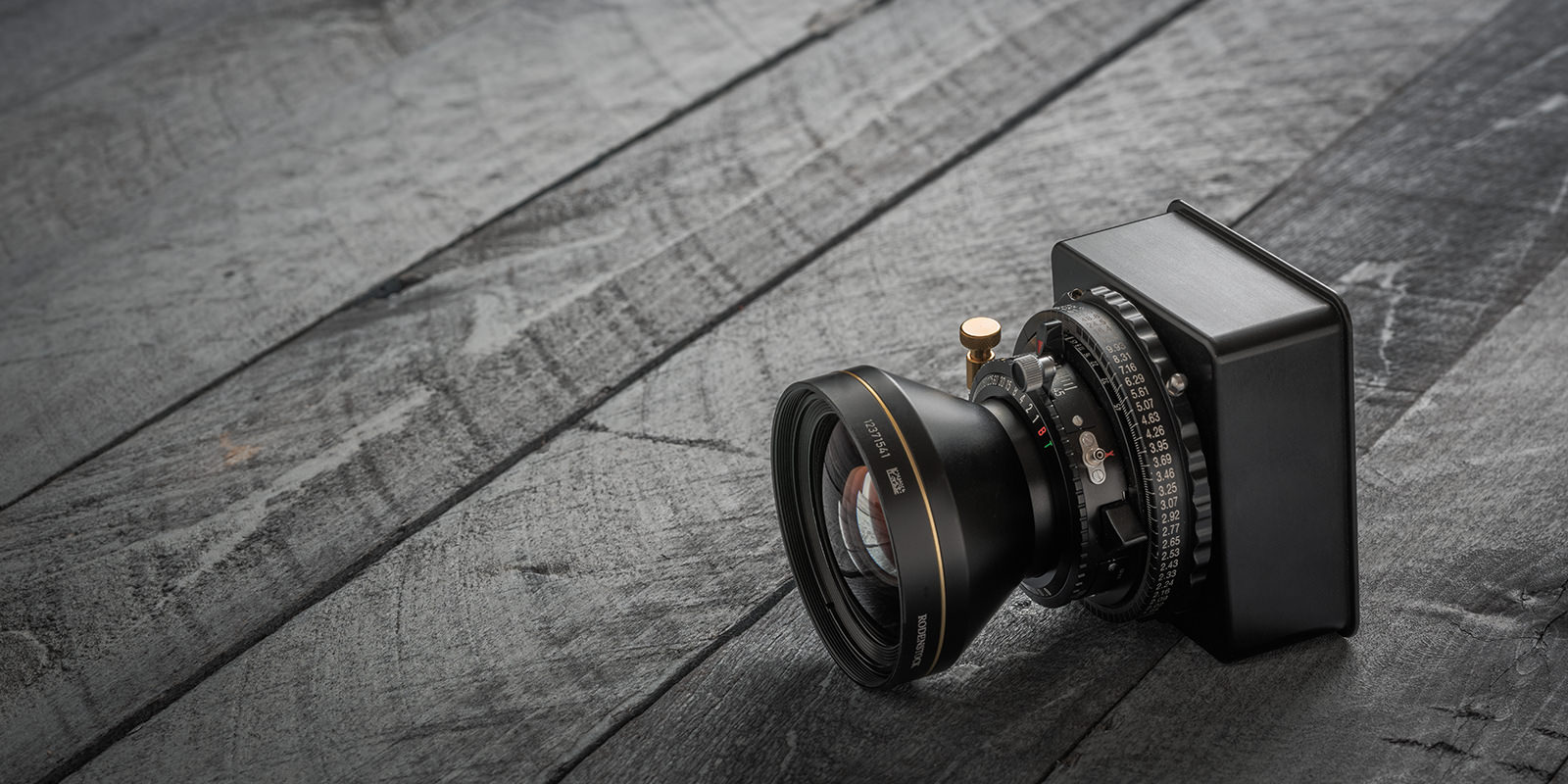
This lens is special; a legend. Rodenstock HR lenses are arguably the sharpest lenses on the planet. Every single of them is exceptional. Among them, HR 90 offers the highest resolution power (with the exception of the upcoming ALPA HR ALPAGON 6.5/138 MM) over a fabulous 120mm image circle. Such a large image circle enables it for use on ALPA Pano body (too heavy and I do not recommend, unless you have such a need, and if you can get one - only 50 of them have been made.)

Schneider-Kreuznach 90mm/4.5 APO Digitar, SB34
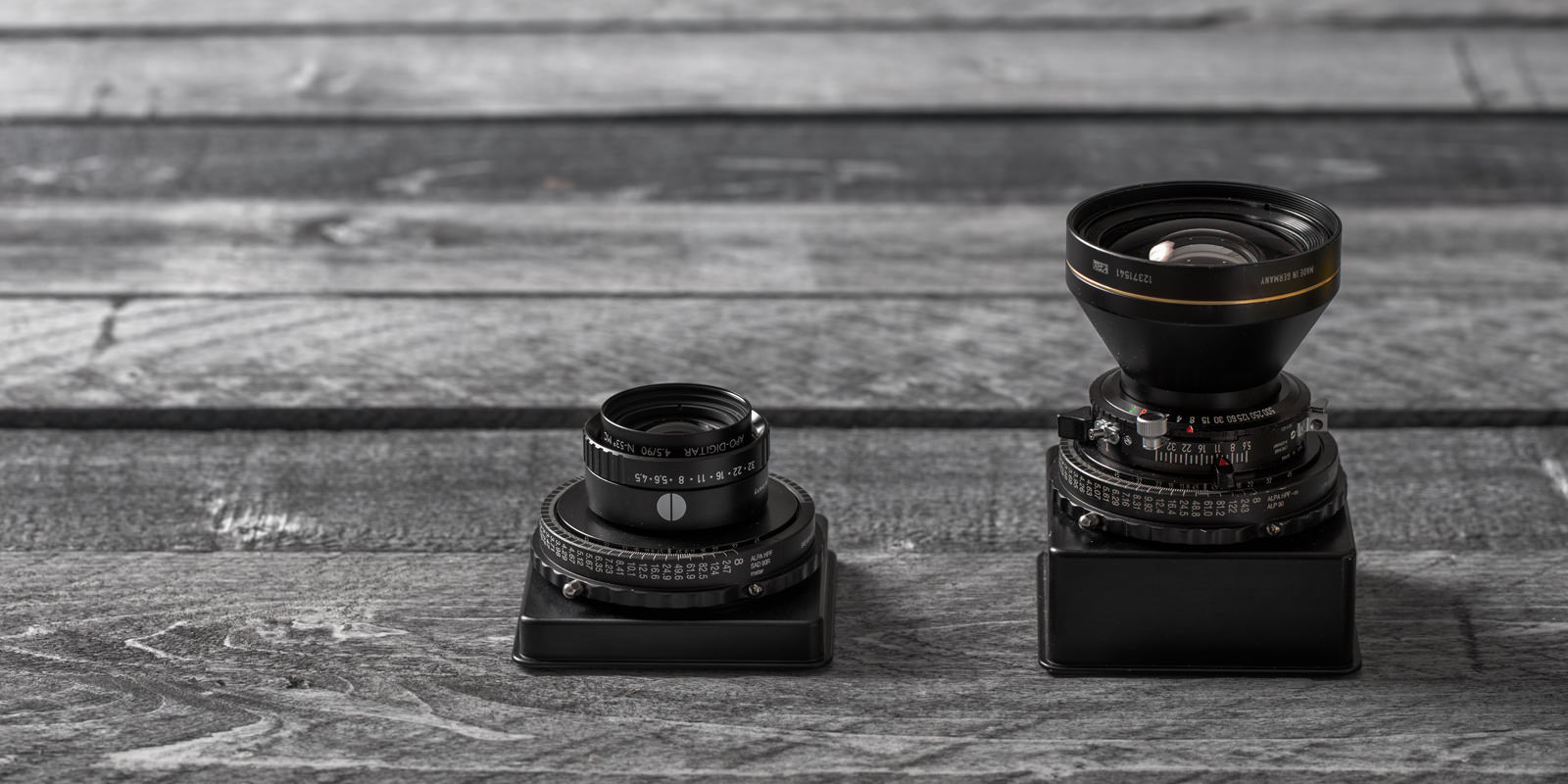
Two 90mm lenses compared. On the left is the Schneider (SAD 90), Alpa Mount, aperture only. On the right is the Rodenstock (HR 90) discussed above.
SAD 90 is a very interesting lens. Alpa's version is aperture only, so you have to rely on the electronic shutter on the digital back. Comparing to the legendary HR 90, SAD 90 is much smaller, much lighter (300 grams vs 880 grams), at 1/3 of the price. SAD is best to shoot at f/11. The image circle is 90mm. The image qualities at the center between the two are almost identical. However, when shift to 18mm, SAD 90 is noticeably softer than HR 90. If you do not shift, or if you just shift slightly, then the huge reductions of size and weight make it a very worthy consideration.
Frankly, I have never used this lens in real world situation because I have some concerns about the image quality at the far edge. I purchased this lens purely as a backup. If someday I must do some ultra-light backpacking, I might put this thing in my pack.

Rodenstock / ALPA HR Alpagon 6.5/138 mm, with Floating Element, SB51
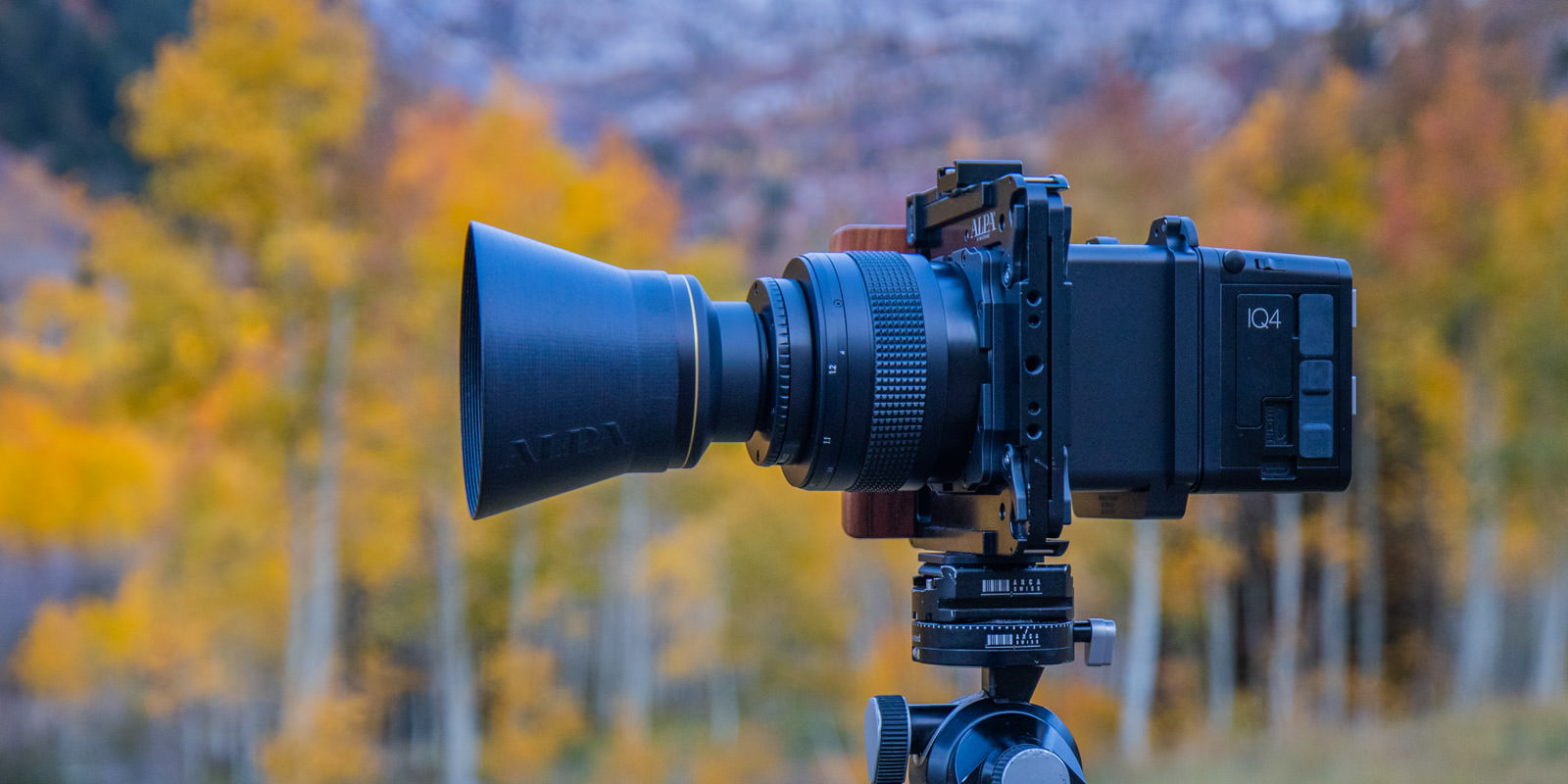
You can put the 51mm adapter before or after the camera body without worrying about vignetting. I prefer to put it behind the body so the system balances better on the tripod.
Before the introduction of this lens, HR 90 was the king of resolution. HR 138 is the new gold-standard. It is outrageously sharp (it out-resolves HR 90 at every aperture) and crazy expensive.
As a landscape photographer who mostly shoots grand scenery, I found that the 138mm (116mm in 35mm format) focal length is of limited use. I shoot with both wide-angle or tele lenses, but rarely something in the middle. I do occasionally find it very handy in certain situations (mostly for intimidate landscape). If this focal length works for you, congratulations, you have one of the sharpest lenses available to mankind.

RODENSTOCK / ALPA HR ALPAR 5.6/180 MM (SB34 version)
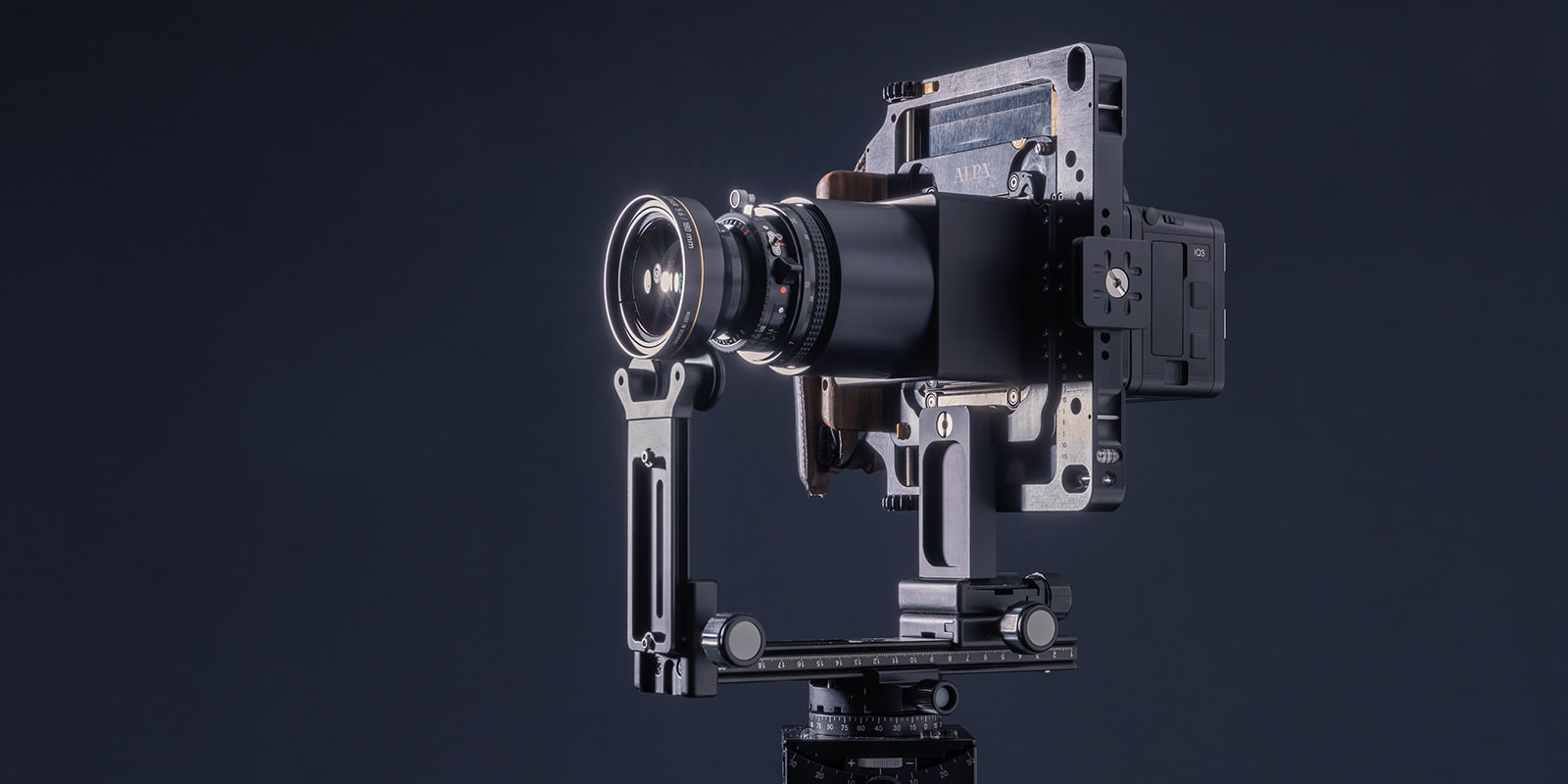
This lens is huge. It is not the easiest one to carry. It is not heavy, though. The size comes from the long lens barrel,
which is mostly empty space. If you use a bellow system, you just need the lens itself without the barrel. It becomes a much more portable system.
However as I mentioned before, there are too many other problems with bellows.
You should put the 34mm (or the 51mm one if you have the new version) adapter behind the camera body to reduce vignetting.
Landscape photography is much more than wide-angle views. With a long lens, we can focus on some unique details. This is the longest focal length offered by Rodenstock. The manufacturer claims an image circle of only 80mm. In practice, it is much larger than 80mm. On a 12MAX I can shift all the way (+- 18mm) without seeing visible image quality losses.
The problem with using a long lens on a high-pixel-count medium-format camera is that even the slightest wind will cause substantial resolution loss. You need a way (e.g., using an umbrella) to shield the wind. You can also use a long-lens-support system from manufacturers such as RRS. This setup significantly improves the stability, although you do have to carry some extra stuff.
ALPA recently announced the SB 51 version of this lens, making it slightly easier to carry. You can also send your SB 34 version back to ALPA to shorten it. Of course, you do need an 51mm adapter. Most people probably already have a 34mm adapter and a 17mm one in their camera bag, so just by stacking the two together, you have a 51mm one.

ALPA HPF HIGH PRECISION FOCUSING (HPF) RINGS
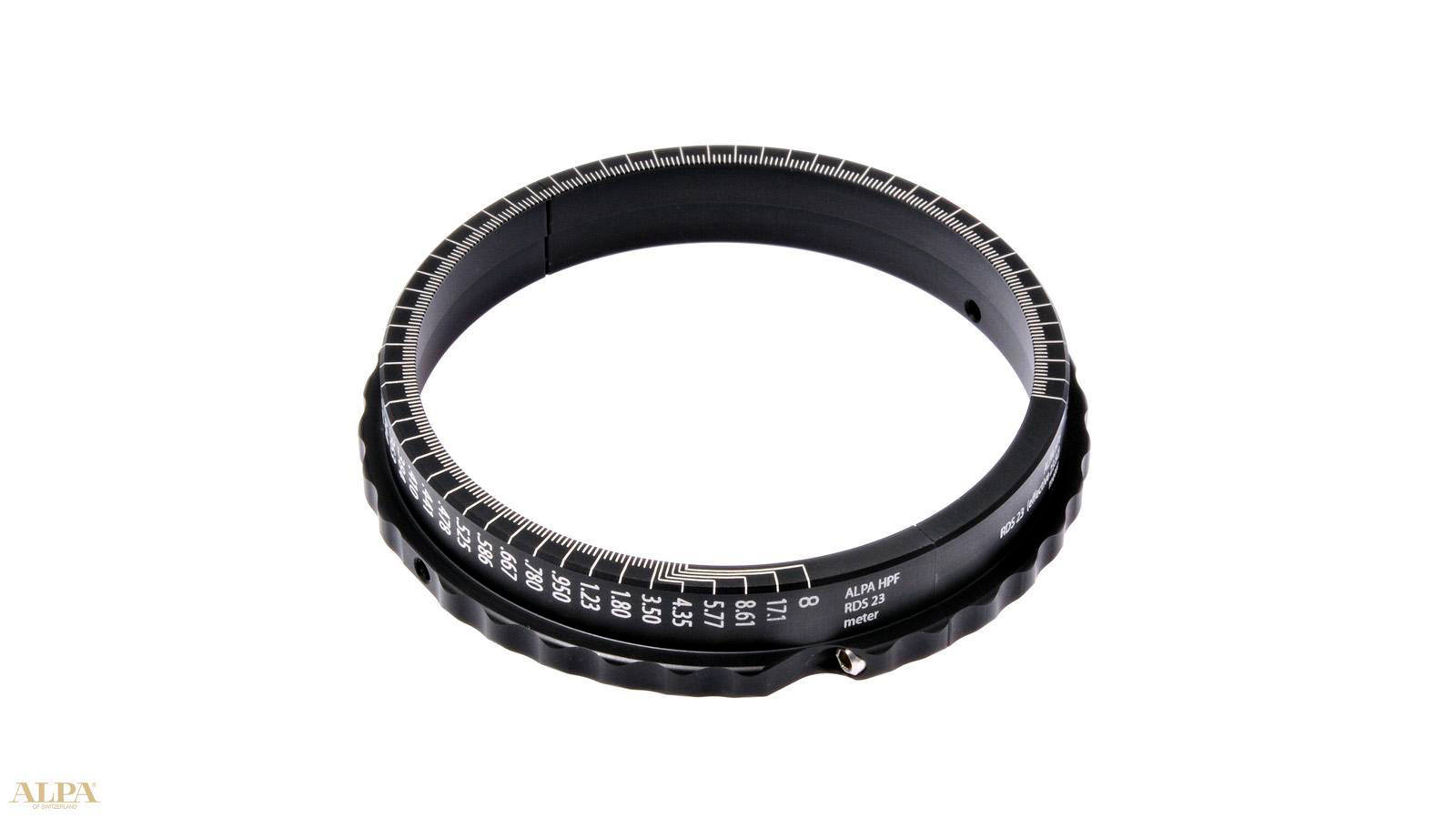
We are talking about a lens accessory instead of a lens here. I have ALPA HPF rings installed on every single Rodenstock lens. I think this is one of the best features of the ALPA system. Using live-view focus during twilight is very difficult. It becomes mission impossible at night. These rings, when correctly calibrated, allow me to focus very accurately by just looking at the marks on the ring. Simply turn it all the way to infinite and the lens will focus on infinite accurately. This sounds so easy and obvious, but if you have ever tried to focus on infinite at night with a 35mm camera you should understand what I am referring to. I use HPF rings all the time, especially at night, and I have never, ever, missed my focus.
Note: use the ring to focus but forget about the Depth-of-Field marks. These DOF marks were calculated for film systems. For digital systems with a much smaller Circle of Confusion (CoC), these marks are totally off. Use a good DOF calculator App such as Lumariver that takes the CoC of modern sensors into consideration, or use a pre-calculated DOF table.

SCHNEIDER KREUZNACH 40-80MM LS F/4.0-5.6 (for XF camera)
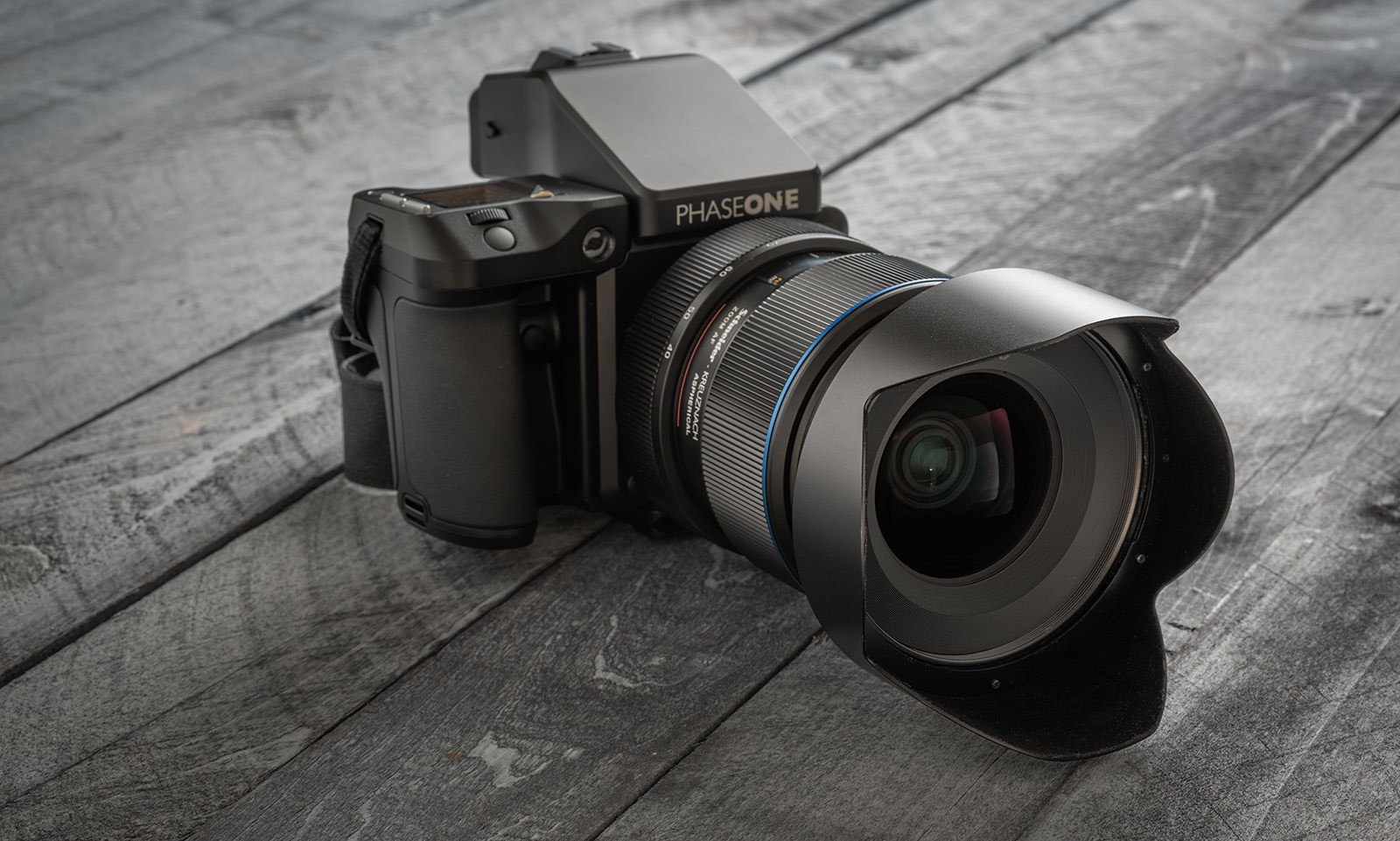
This blue-ring lens is very sharp, very versatile. The problem is, it is a beast. Too heavy (4.1 lbs/1860 g/65.60 oz.) and bulky for backpacking, IMO.
I did bring it with me when I was shooting and camping in the Boundary Ranges of Alaska. However, we flew to the camping location in a helicopter, and I didn't have to carry it with me hiking for many hours. It is also an excellent lens for aerial shots from a helicopter.
That said, the entire rig (digital back + XF camera + 40-80mm) is extremely heavy. And you probably need an 8-10 lbs gyro stabilizer if you plan to shoot from a chopper. I found the whole experience a little bit stressful. In the future, I will probably pick up a Fuji medium format body and a lens with stabilization for this type of jobs.


